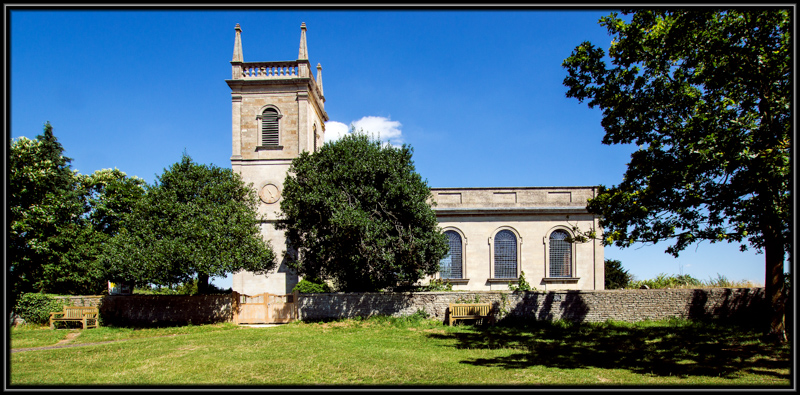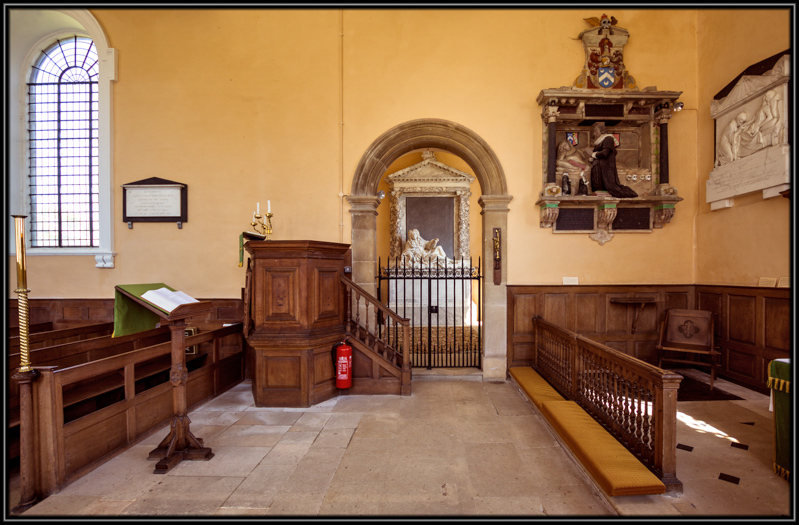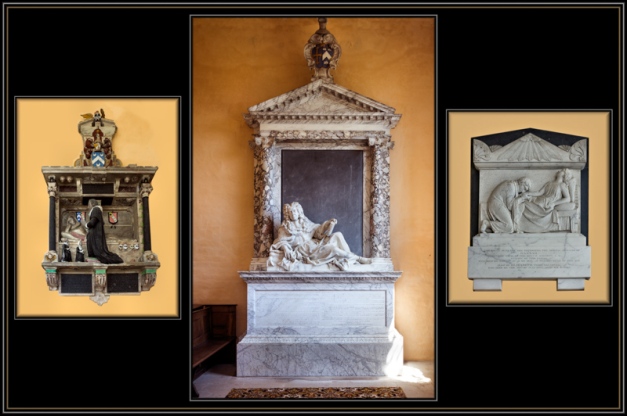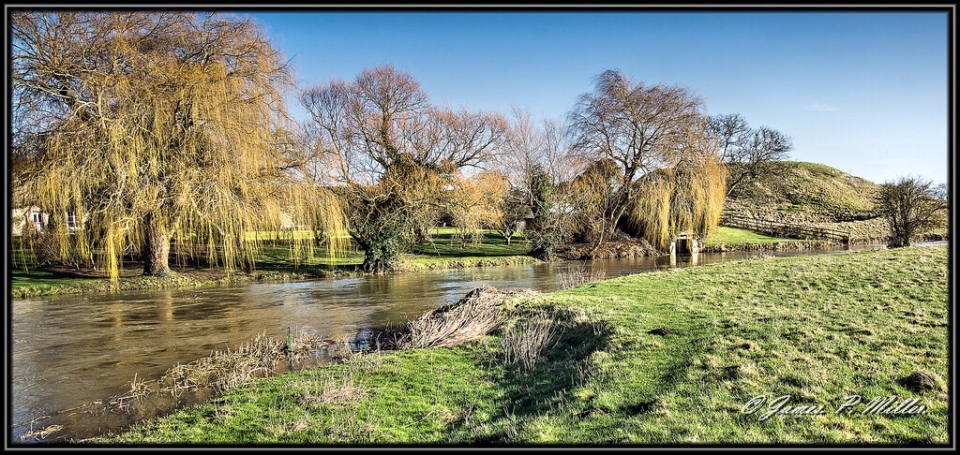If I were to mention the name Stoke Doyle I would imagine that you would be transported to The Republic of Ireland, perhaps to County Clare, Galway or Sligo.
It could even conjure up a fictional detective of Irish decent who is partial to a Jamison’s for breakfast, has a practice in handling sordid divorce cases in New York’s Irish quarter and whose immediate relations emigrated to America in the depression.
So do not be surprised when I tell you that Stoke Doyle is a picturesque village in East Northamptonshire.
It lies around two miles south east of Oundle, famous for its School and The Talbot Hotel built from the stones removed from Fotheringhay Castle where Mary Queen of Scots lost her head.
The River Nene runs to the east of the village which used to be on the edge of Rockingham forest before deforestation in 1638.
We have passed through this village more times than I care to remember having always failed to stop but today we headed the car down the lane opposite the village inn to the church of St Rumbald’s.

St Rumbald’s Church, Stoke Doyle, East Northamptonshire, England
The church exterior has its own charm and has been described as having a plain classical structure, it is when you enter through the south door into the nave that you feel you have arrived at somewhere special, but it is only when you walk towards the chancel and look left that you are presented with the unexpected.
The mortuary chapel is gated and contains an elaborate marble monument to Sir Edward Ward, Knight, Lord Chief Baron of the Exchequer reclining in judge’s robes, said to be by Rysbrack, adding to the element of surprise.

The Mortuary Chapel, St Rumbald’s Church, Stoke Doyle, East Northamptonshire, England

Memorial Collage, St Rumbald’s Church, Stoke Doyle, East Northamptonshire, England
On leaving the church it is your choice but before taking the main road to Oundle you could indulge in a small dram of Jamison’s at The Shuckburgh Arms, as long as you are not driving.






